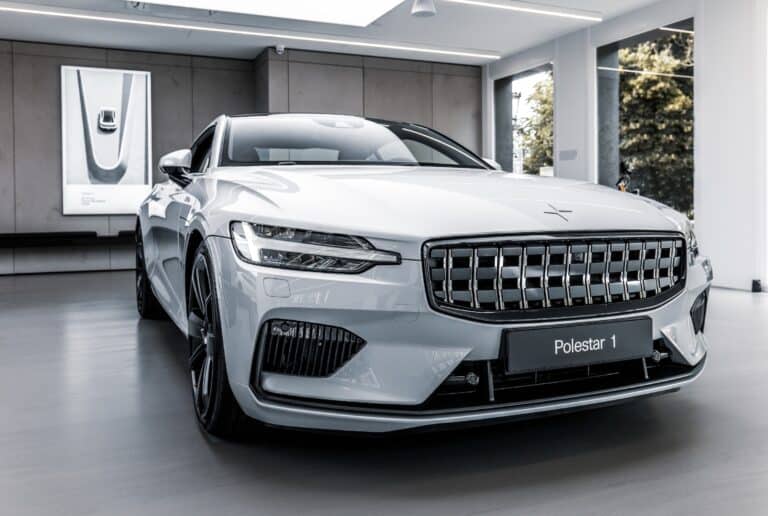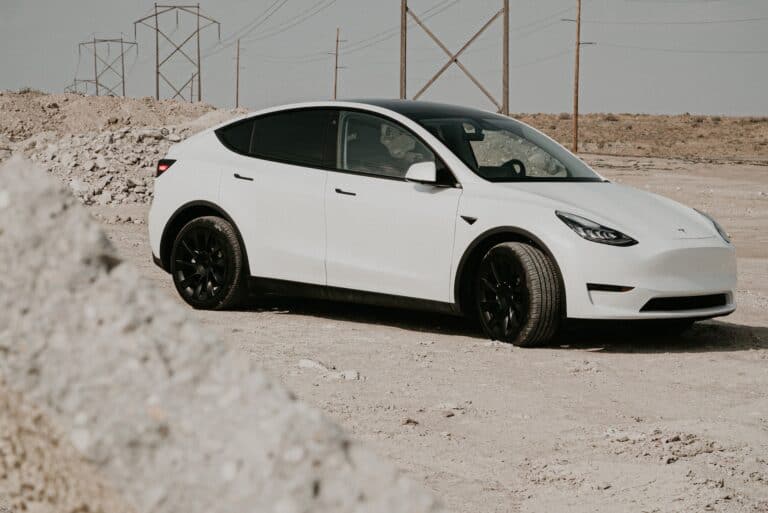How does an electric vehicle perform in extreme temperatures?

While electric vehicles (EV’s) are becoming increasingly popular due to their environmental benefits and low operating costs, many concerned parties have questions about how they perform in extreme temperatures, such as below freezing or in extreme heat. In this article, we will explore how EV’s perform in these conditions, including the impact on battery range and the features and technologies that manufacturers are using to mitigate these effects. Understanding how EV’s perform in extreme temperatures can help potential buyers (and the readers of this article) make well informed decisions about whether an electric vehicle is right for them.
Let’s be honest, no one wants their electric vehicle to conk out on them while cruising down a Phoenix AZ interstate in 110-degree temperatures. Simultaneously, no one wants a beautiful morning drive in the Appalachian Mountains to be cut short due to their EV battery “freezing over” in chilly 20-degree conditions!
Before we begin, it should be noted that there isn’t necessarily an “ideal” temperature for an EV.
However, in general, EVs operate well in moderate temperatures, between about 20°C to 25°C (68°F to 77°F). At these temperatures, the battery is able to maintain a stable temperature and deliver optimal performance. That said, EV’s are designed to operate in a wide range of temperatures and can function in both hot and cold climates. It is important to note that while there may be an “ideal” temperature range for an EV, the vehicle is designed to function in a wide range of conditions, and owners can take steps to help mitigate the effects of extreme temperatures. Keep reading! We’ll get into these mitigation steps in just a moment.
So, the first question we shall ask is what could happen to your EV in COLD temperatures?
- First off, you may experience a reduced battery range. Why? In frigid temperatures, the chemical reaction inside the battery that powers your EV can be slowed down, reducing the vehicle’s range. For example, at 0°C (32°F), an EV may see a 20-30% reduction in range compared to driving in mild temperatures.
- Secondly, increased energy use for cabin heating: In order to maintain a comfortable cabin temperature, an EV’s heating system requires energy from the battery. This can further reduce the vehicle’s range. For example, using the heater non-stop in an EV can reduce its range by 10-20%.
It should be noted that various manufacturers are addressing cold temperature range loss in various ways. Here are a few examples:
- Tesla provides a “Range Mode” feature that allows drivers to conserve battery power during colder temperatures.
- Many EVs come equipped with heated seats and steering wheels that can help to reduce the energy required to heat the cabin.
- Some EVs offer pre-conditioning, which allows the driver to heat the cabin before they start driving using a charging station.
Now, let’s discuss HOT temperatures. What could go wrong?
- First off, reduced battery range. Similar to being in the cold, EV’s in hot temperatures can experience an accelerated chemical reaction within the battery that powers the vehicle, leading to a more rapid degradation of the battery over time. This can also reduce the vehicle’s range. For example, at 35°C (95°F), an EV may see a 10-15% reduction in range compared to driving in mild temperatures.
- Secondly, increased energy expense for cabin cooling. In order to maintain a comfortable cabin temperature, an EV’s air conditioning system requires energy from the battery. This can further reduce the vehicle’s range. For example, using the air conditioning in an EV can reduce its range by 10-20%. Yes, this is repetitive to the cold temperature discussion above, but it bears repeating.
So, how are manufacturers addressing hot temperature range loss?
- Some EVs offer a heat pump that can help to reduce the energy required to cool the cabin in hot temperatures.
- Many EVs now come with a “pre-conditioning” feature that allows the driver to cool the cabin before they start driving using a charging station.
- Some EVs have thermal management systems that help to regulate the temperature of the battery and prevent degradation over time.
In conclusion, extreme temperatures can have an impact on the performance of electric vehicles. Cold temperatures can reduce the range of an EV and increase the energy required for cabin heating, while hot temperatures can lead to battery degradation and increased energy use for cabin cooling. However, manufacturers are using advanced features and technologies such as thermal management systems and pre-conditioning to help mitigate these effects. Additionally, EV owners can take steps to help preserve battery life, such as parking in a garage or shade during extreme temperatures and avoiding excessive use of the heating or cooling systems. Despite the potential challenges of extreme temperatures, electric vehicles continue to offer many environmental and economic benefits, making them an attractive option for drivers around the world.






